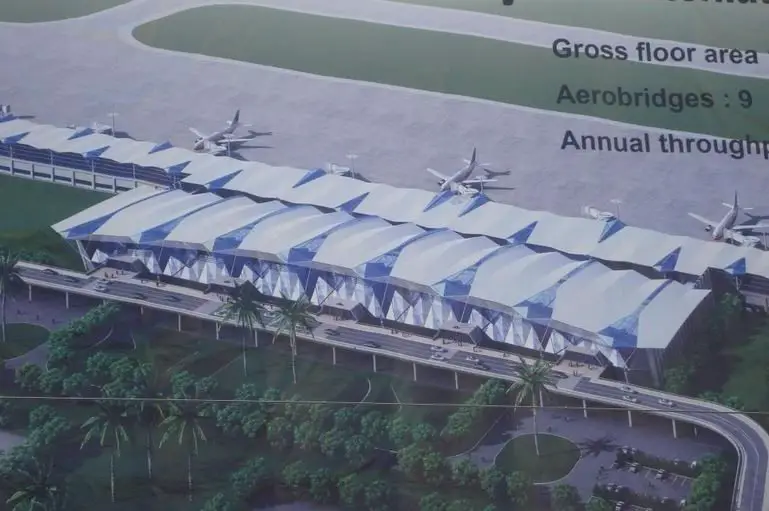Tanzania’s Deputy Minister for Transport Dr Charles Tizeba has on Wednesday last week assured that completion of Terminal Three complex at the Julius Nyerere International Airport (JNIA) will be in November as schedule, and that there would be no further delays. The new facility will be undertaken at a total cost of US$300bn.
Assuring the public through media that the work was experiencing no constrains, the minister said that ground installations were on progress before starting construction of pathways – currently, the contractor was fitting fuel pipes that would see aircrafts fill fuel at the airport.
The planned facility would cover 70,000 square metres, meaning it will be larger than Termianl Two that covers 15,000 square metres.
“Nothing will let down the completion of construction of Julius Nyerere International Airport come November, 2015, everything is in order, we have enough funds and the contractor is eager to finish the project on time. We want to assure the public that we will finish construction of JNIA terminal three as agreed,” he said.
According to him, the government is likely to start off construction before the official launch, if heavy traffic at the airport’s Terminal Two is experienced. He said that Kenya has also agreed to use the new terminal before the official launch of the facility, as a result of heavy traffic at Jomo Kenyatta International airport.
President Jakaya Kikwete had said that airport expansion or construction of the Terminal Three, would handle six million passengers per year. He said this during the laying of the stone for the construction of the facility in April last year. Julius Nyerere International Airport (JNIA) has reported handling 2.1 million passengers per year.
The country, according to the president, would benefit economically since more airlines would start using the facility on its expansion. The project is funded by United Kingdom government and loan from HSBC bank through the Atradius Institute and the CRDB Bank – a bank loan guaranteed by Netherlands government.

